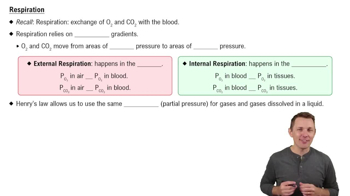Name the three pennate muscles in the following figure, and for each muscle indicate the type of pennate muscle based on the relationship of muscle fascicles to the tendon.
<IMAGE>
a. ___
b. ___
c. ___
d. ___
e. ___
f. ___
 Verified step by step guidance
Verified step by step guidance Verified video answer for a similar problem:
Verified video answer for a similar problem:

